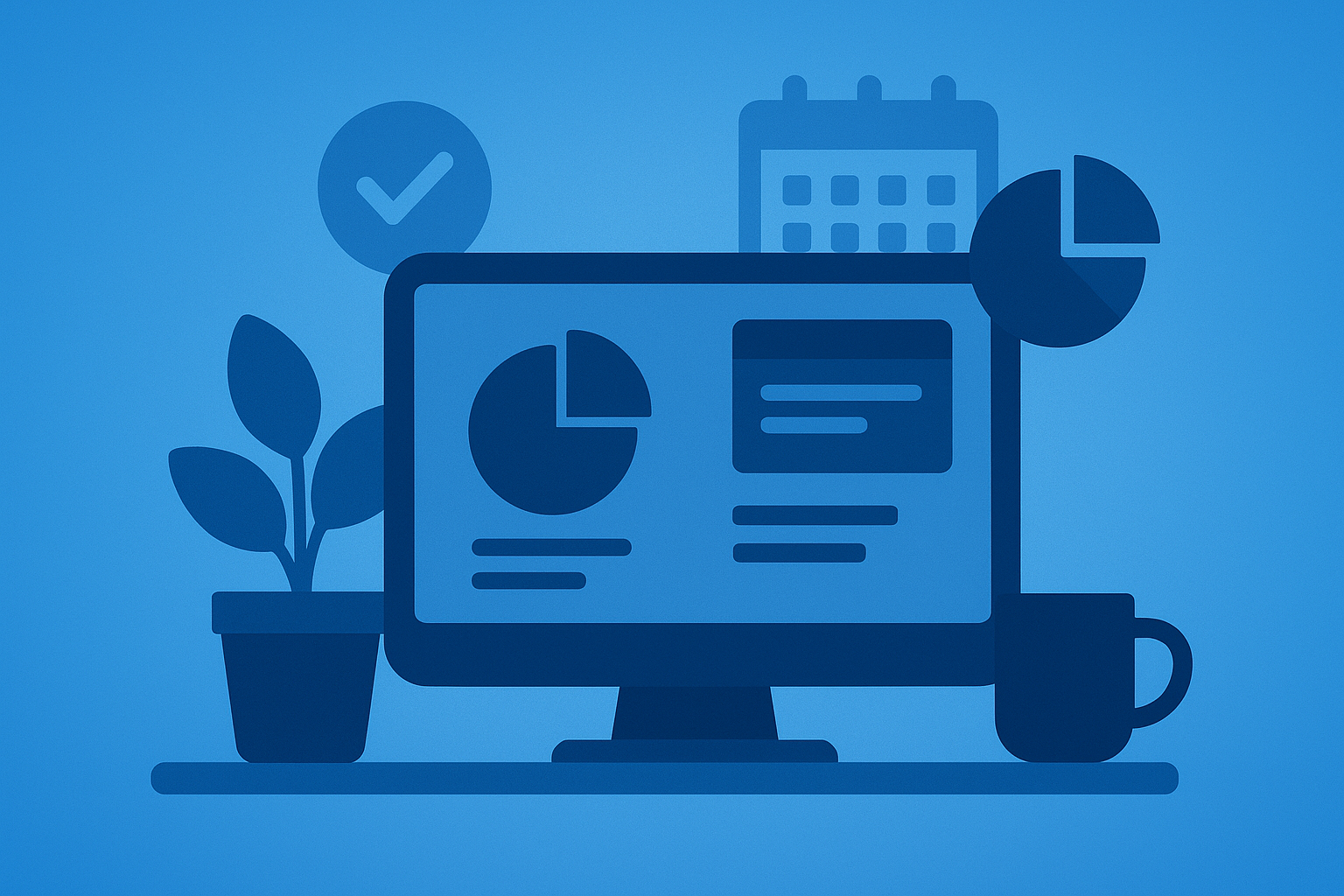

Most teams use 20% of HubSpot. Sales Workspace changes that.
They turn your CRM from a place to log data into a place to run sales.
If your reps need five tabs to plan their day, the issue isn’t effort, it’s design.
Before Workspace, salespeople bounced between Tasks, Deals, Contacts, and Reports just to find the next step.
Sales Workspace fixes this. Tasks, deals, notes, and reports live in one view.
Reps stay focused. Managers stay informed.
Before: Your CRM tracked activity.
After: It drives performance.
ProfitPad POV: HubSpot didn’t just add a feature. It made sales software finally usable again.
Before: Reps worked in silos.
After: They run their entire day from one screen.
Before: Managers couldn’t see where deals stalled.
After: Every deal, task, and forecast is visible in one place.
Before: HubSpot felt like admin work.
After: It feels like a cockpit built for selling.
The Tasks tab helps you remember what to do.
The Workspace helps you get it done faster.
Step 1. Define by Role
Step 2. Use Core Sections
Step 3. Apply Smart Filters
Start simple:
Step 4. Add Reports That Matter
Step 5. Set It as the Default View
Make it the first screen reps see. When they start the day here, adoption skyrockets.
ProfitPad POV: Keep it simple until it sticks. Adoption beats architecture every time.
ProfitPad POV: A clean workspace creates clean data. Clean data creates better forecasts.
The best ones feel invisible, they guide your day without getting in the way.
Reps don’t want another CRM. They want a cockpit.
Sales Workspace gives them one screen, one rhythm, one process.
ProfitPad POV: More focus. Less friction.
That’s the real ROI of HubSpot Sales Workspace.
If your reps still live in Gmail instead of HubSpot, the problem isn’t effort. It’s setup.
We’ll review your Sales Hub, pipelines, and Workspace, then send a visual report with fixes and next steps.
Only 5 free audits per month.